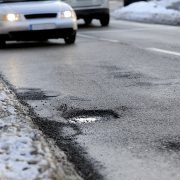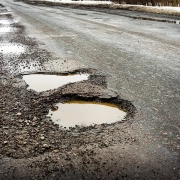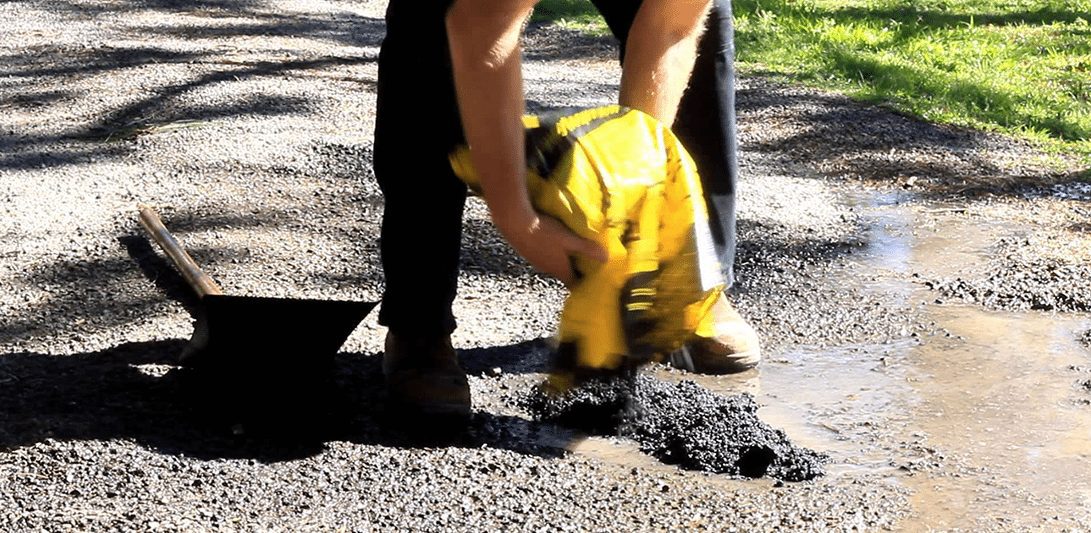Cold Mix Asphalt Suppliers Australia
A road surface is built up of several different levels of structure. The top lining is the layer that bears the brunt of the load that is caused by the weight of the vehicles. In this way, it must be watertight and resistant to the forces that are applied by the tyre as it rolls over the asphalt. Additionally, it must be able to withstand the pressures that are applied by the tyre.
Asphalt mixes are produced by combining asphalt binders with mineral aggregates of varied sizes to form asphalt. After that, the mixtures are used in the production of asphalt. The coatings are separated into groups according to the kind of binder that is used, which may either be hot (using CAP) or cold. The hot binder coatings are described further below (using EAP).
When it comes to the mixing process for cold asphalt, two primary factors must be taken into account. The first thing you need to do is get your head around the fact that highways are built up on several levels.
The lining is the layer that bears the brunt of the load caused by the vehicles’ weight. In this way, it must be watertight and resistant to the forces that are applied by the tyre as it rolls over the asphalt. Additionally, it must be able to withstand the pressures that are applied by the tyre. Asphalt mixes are produced by combining asphalt binders with mineral aggregates of varied sizes to form asphalt.
After that, the mixtures are used in the production of asphalt. The coatings are divided into groups according to the kind of binder that is used, which may either be hot (using CAP) or cold. The hot binder coatings are described further below (using EAP). The second significant factor that should be taken into consideration is whether or not the company will guarantee punctuality and accessibility in order to meet the standards that have been established.
Make it a point to investigate other options for asphalt mixtures as well as the many other options that are presented in this section.
- cold asphalt mix budget
- permeable asphalt repair budget
- industrial floor restoration budget
- asphalt ready bagged budget
- cold asphalt bagged budget
- budget road paving
- hot asphalt budget
- cold asphalt paving budget
Benefits and drawbacks of Cold Mix Asphalt
A variety of potential advantages are associated with the use of cold mix asphalt, which may be identified by the low temperatures at which it is produced and compacted. The most notable benefits are a reduction in the production of pollutants and the use of fuel, in addition to an enhancement in the standard of living and working conditions for labourers. Despite the fact that a decrease in fuel use will almost certainly result in cost savings. The adoption of CMA also leads to expenses, which need to be considered before proceeding any further. In this section, the advantages and disadvantages of using CMA are explored, with a particular focus on the expenses and benefits linked with using CMA monetarily.
Road Solutions AUS supplies asphalt in a Bag and Crack Filler to thousands of clients around Australia. We are pleased to supply a comprehensive choice of high-quality Asphalt and Bitumen Repair supplies to contractors and service providers throughout Australia.










